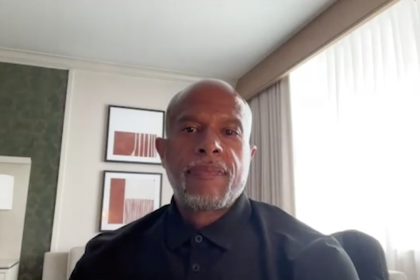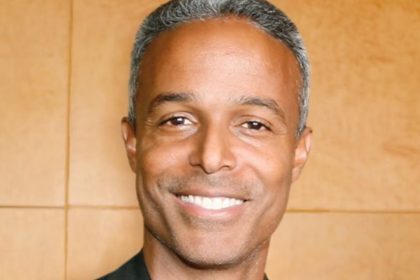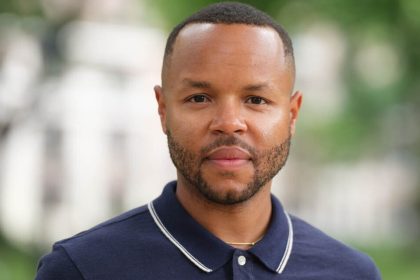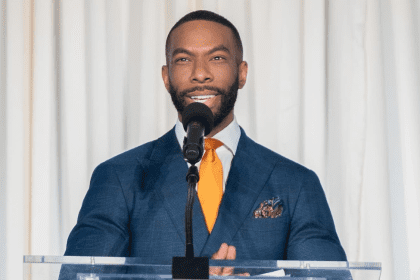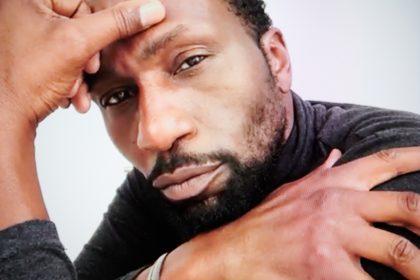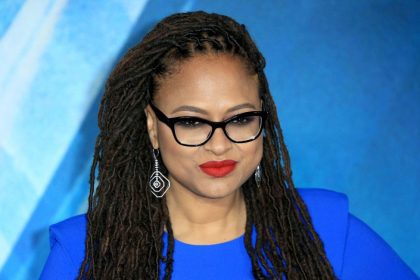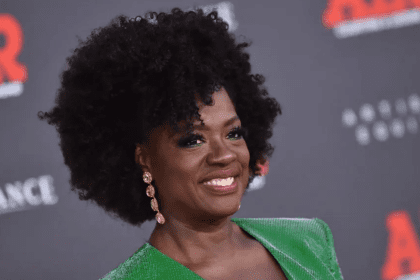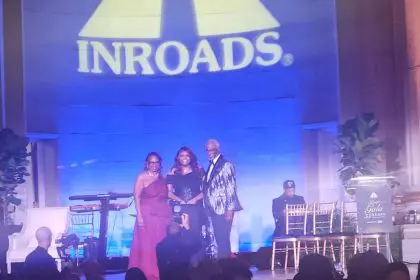By “diversity,” most people mean what I refer to as managing workforce representation, i.e., efforts to assure that an organization’s workforce’s numerical profile mirrors that of society with respect to race, ethnicity and gender. Managing workforce relationships involves efforts to assure harmonious, fair, non-discriminatory relationships among workforce participants. With these definitions as context, I offer four reasons below why “diversity” remains important for our society and its organizations, and will be a priority for leaders going forward.
One, organizations have found it difficult to sustain representation gains. As a result, organizational leaders continually are pursuing “the numbers” — seeking to achieve and maintain a numerical profile that mirrors the broader society in terms of race, gender and ethnicity. Without sustainability, they cannot relax.
Two, because of the ongoing challenges of representation, the field of “diversity” is stuck cycling between Managing Workforce Representation and Managing Workforce Relationships. Leaders have not paid attention to what I refer to as Managing Diverse Talent — creating an environment that empowers all members of the workforce to contribute to their full potential. This is the true essence of “diversity,” and indeed, the key to sustainability. Without progress in this third area, organizations’ struggle to provide quality, productive experiences for non-traditional workers will continue.
Creating an environment that empowers and engages all associates will require modifying an enterprise’s culture as necessary. Rather than go through deep, fundamental change, leaders often prefer to use band-aids.
A band-aid is anything that makes an organization more livable for a group of non-traditional employees without actually changing its cultural roots. Band-aids include; cultural celebrations, mentoring that instructs on how to fit in, training that leaves culture unchanged, or affinity groups that enhance organizational experiences for members with little or no change to the enterprise.
These practices make it possible for minorities and women to have positive, successful, meaningful experiences. Ultimately, however, Band-Aids do not foster sustainability.
Three, leaders typically have not addressed “diversity” as differentiated from Affirmative Action/Equal Employment Opportunity (AA/EEO), but simply have done AA/EEO as “diversity.” The result has been a failure to utilize “diversity”, but rather to continue AA/EEO’s emphases on representation and relationships under the guise of “diversity”. Real, sustainable progress will require fleshing out and utilizing “diversity” as a complement to Affirmative Action/Equal Employment Opportunity.
Finally, fleshed out “diversity” concepts and principles are needed not just to assure sustainable progress in our organizations, but also for our society. Consider the debates around healthcare, immigration and deficit reduction. The gridlocks around these issues indicate that as a society, we are challenged by “thought diversity.” Any advancement in differentiating “diversity” from Affirmative Action/Equal Employment Opportunity would help with other “diversity” issues challenging our society and its organizations.
In sum, if our society and its organizations are to provide equal opportunity for all, and to deal effectively with differences in general, leaders must have “diversity” as a priority agenda item for the foreseeable future. Much remains to be accomplished. –roosevelt thomas



